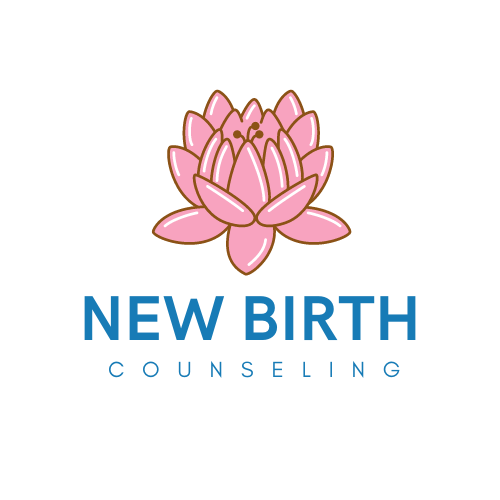Dating After Trauma: Steps to Ensure a Safe, Healthy, and Fulfilling Experience
Dating after experiencing trauma can be a challenging yet transformative journey. It requires self-reflection, building a strong support system, and establishing healthy boundaries. This article aims to guide individuals through the process, ensuring a safe, healthy, and fulfilling dating experience.
I. Understanding Trauma
Before embarking on the dating journey, it's crucial to understand the impact of trauma. Trauma, whether emotional or physical, can leave lasting effects on an individual's well-being. Recognizing signs of trauma in oneself is the first step towards healing and preparing for a positive dating experience.
II. Self-Reflection and Preparation
Self-awareness is key when entering the dating scene after trauma. Reflect on past experiences, acknowledging their impact on current emotions. Setting realistic expectations and understanding personal triggers help lay the foundation for a more resilient and fulfilling dating journey.
III. Building a Support System
Cultivating a strong support network is essential. Communicate with friends and family about the decision to date, and don't hesitate to seek professional help if needed. Having a supportive environment enhances emotional well-being and provides a safety net throughout the dating process.
IV. Establishing Boundaries
Define clear boundaries for emotional and physical safety. Communicate these boundaries with potential partners and be respectful of theirs. Establishing and maintaining boundaries is crucial for a healthy and mutually respectful relationship.
V. Taking Things Slow
In the fast-paced world of dating, taking things slow is a virtue. Embrace a gradual approach, avoiding the urge to rush into intense relationships. Focus on the present moment, allowing for a more organic and fulfilling connection to develop.
VI. Prioritizing Emotional Well-being
Prioritizing emotional well-being is a cornerstone of a positive dating experience. Incorporate self-care routines, engage in activities that promote healing, and be vigilant about emotional triggers. Monitoring and addressing these triggers fosters a healthier emotional state.
VII. Effective Communication
Open and honest communication is the backbone of any successful relationship. Express needs, concerns, and expectations with potential partners while actively listening to theirs. Healthy communication patterns contribute to a strong foundation for a lasting connection.
VIII. Red Flags and Warning Signs
Recognizing red flags and warning signs in a potential partner is crucial. Trust your instincts and address concerns early on. Knowing when to seek professional help ensures that you prioritize your well-being throughout the dating journey.
IX. Celebrating Progress and Success
Acknowledge personal growth and celebrate achievements in the dating journey. Celebrating small victories and positive experiences reinforces a positive outlook for the future, contributing to increased self-confidence and resilience.
X. Conclusion
In conclusion, dating after trauma is a transformative process that requires patience, self-compassion, and dedication to one's well-being. By understanding trauma, building a support system, establishing boundaries, and prioritizing emotional health, individuals can create a dating experience that is safe, healthy, and fulfilling.
If you find yourself struggling with the challenges of dating after trauma, consider seeking professional help. New Birth Counseling specializes in counseling and can provide the support and guidance needed for a successful and fulfilling journey.
Remember, you deserve a relationship that contributes positively to your life, and with the right mindset and support, you can achieve just that.
